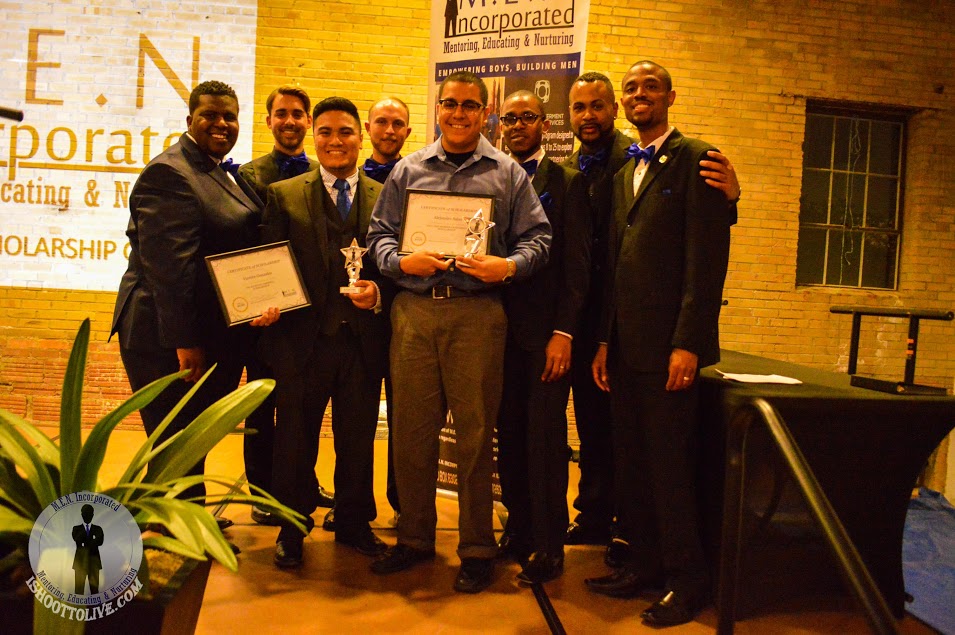To paraphrase a vintage cigarette ad tag line, ‘You’ve come a long way baby’ is to characterize the level of acceptance and ‘outness’ of gay’s and lesbian’s in the community and the workforce. However, almost fifty years later, there we are still plagued with both straight and LGBTQ leaders who struggle with relationships “across the aisle.” It seems like we all believe the socialization of “LGBTQ” America will just resolve this issue naturally, but it has not. Too many old patterns and habits of poor communication and understanding are still around.
This is the first of a two part series to help raise awareness of key issues on both sides of the leadership spectrum. Hopefully these tips will help non-LGBTQ leaders be more aware and inclusive.
I’m uncomfortable around gay or transgendered people
What this might look like:
Your gay or transgendered employees or peers notice a sharp change in your interaction, collaboration, or body language whenever they are around. They see a palpable change in you and know you are uncomfortable. You don’t include them in personal conversations, ask about their weekend or invite them to lunch.
How to overcome it:
Recognize this is an issue for you and be honest! Interacting with gay or transgendered people is interacting with PEOPLE and HUMANITY. The main thing, and the only thing to remember is that LGBTQ employees are the same as your non-LGBTQ employees. They have personal lives, buy new cars, go out to eat, or to a ball game, go on vacation and raise kids just like you. The things you talk about with your other employees are the same kinds of things you talk about with all employees.
Try to forge a connection with someone who is gay or transgendered that you trust. Tell him/her of your discomfort and look for ways to work together to help you get past it. Maybe speak to your HR partner and see if they can help you find resources to become educated.
Fear that he/she will misinterpret my intentions
What it might look like:
“I’m afraid to ask them to lunch or to meet me in the lounge of the hotel on a business trip. They might think I’m hitting on them.”
“I’m afraid if I ask about their partner they’ll think I’m prying into their sex life.”
How to overcome it:
LGBTQ employees will not misinterpret your intentions if you treat them just like you treat any other employee. If something is business as usual with other employees, then its business as usual for LGBTQ employees.
Straight Guy/Gay Guy Angst
What is might look like:
This is usually a carryover from formative years and replicates the behaviors from adolescence and the locker room. An inherent fear with some straight men about gay men that is unfounded never quite got resolved. Some straight, male leaders still hold on to these fears which are obvious to the LGBTQ followers or peers (especially gay men).
How to overcome it:
Recognize this is how you are feeling. Find a mentor you can trust (straight or gay) that can help bring perspective and begin reaching out little by little through communication, casual conversation, or collaboration. You will learn strategies and tactics to help you be more comfortable, and may gain a new perspective on how to communicate more openly/honestly as a leader.
What if they say something “gay?”
What this might look like:
“He just made a Judy Garland and show tune reference.” “She just brought up Home Depot and tools.” How do I respond to that?
How to overcome it:
First of all don’t stereotype whether it be gay or straight. There are a lot of gay men not interested in Broadway shows as there are lesbians who have never held a hammer in their hand. Second, people don’t say ‘gay’ or ‘straight’ things, they simply have a conversation. Finally, how would you respond to any acquaintance or friend if you did not understand the reference? Ask for insight. You would be surprised how accommodating people are, as none want to leave a leader or peer feeling awkward or not part of the conversation.
What is this new language around “gender identity”?
What this might look like:
An employee may speak about gender neutrality, preference to be called “him” instead of “her” or vice versa, or you may notice the individual changing appearance to be more gender non-specific.
How to overcome it:
The change is about the employee or peer, it is not about YOU! Recognize this is a difficult situation for the other individual, and try to be as supportive or as accommodating as possible. Your kind words or gestures do not have to indicate agreeance, but just the fact you recognize this is an individual moving through a difficult transition and decision. It may be good to bring in your HR representative, get the team more educated, and help make the workplace more comfortable for everyone.
There is someone in the workplace transitioning to a new gender identity
What this might look like:
The employee or peer has come and advised you of his/her transition. The team will probably be advised that as of a certain date the individual will want to be known by a different name, will most likely dress and try to assimilate as a member of the opposite sex, and will ask everyone to use different pronouns to describe him/her.
How to overcome it:
Thank the individual for their honesty and trust in your leadership. Ask what he/she might like done in terms of support, team announcements, and helping the workplace adjust. Also ask what can be done (within reason) to help make the environment more accommodating. From there, bring in your HR team and work through the transition together.
How do I learn more about all this?
There are many resources at your disposal to learn more about LGBTQ individuals. Your primary resource is typically your human resources department. You can also reach out to your local gay and lesbian group in your area or professional associations such as Out & Equal Workplace Advocates.
Some things to think about
- LGBTQ employees are no different than any other employee. They have a job to do, want to do it well, be treated professionally, recognized and rewarded.
- Would you treat an employee of a different race or ethnicity, or an LGBTQ employee different than you treat a heterosexual Caucasian?
- Don’t stereotype
- Being LGBTQ is not about sex, it’s about who they chose to love or gender identity
About the Authors
Jeff Hendrickson is the University of Phoenix Campus Director for the Colorado Market. Prior to coming to Denver, he was the Campus Director in Augusta, GA, and Director of Operations for the Louisiana market. In addition to his role, Jeff serves as the Finance Director on the LGBTQ Employee Relationship Group for University of Phoenix. Aside from his work with University of Phoenix, Jeff worked with American Express for 10 years in various capacities both in the States and abroad in addition to working with credit unions including as a CEO for 10 years. Jeff’s passions are leadership, communication, music, and friendships. When working in anyone of those areas, you will find him completely immersed! People give Jeff great energy and insight, so networking is “fuel for his tank”, so to speak.
Julie Fink is a Vice President of Human Resources for the University of Phoenix and chairman of the University’s Diversity and Inclusion Council. In her current role, Julie and her team are responsible for HR support to the Chief Operating Officer at the University and the University’s HR Shared Services functions including HRIS, Affirmative Action, Employee Services and Reporting and Analytics. Julie has over twenty years of HR experience in various industries including public utility, healthcare, distribution, transportation, energy and hi-tech. Julie has a Bachelor’s Degree from Northern Arizona University and a Master of Arts in Organization Management from the University of Phoenix. Julie is a Senior Professional in Human Resources from SHRM, and a Certified Diversity Professional from the National Diversity Council.





